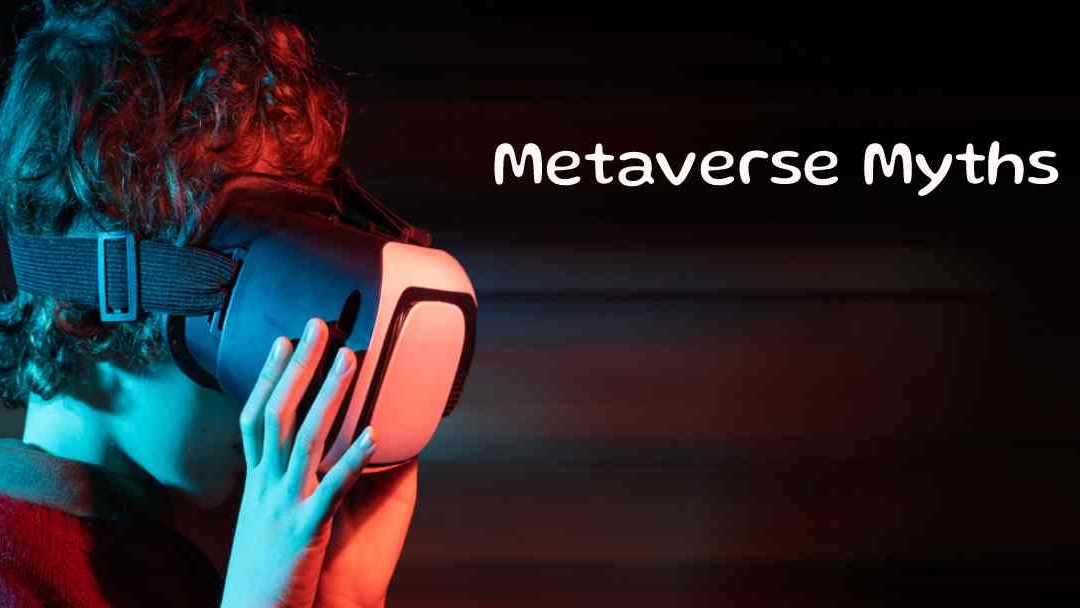
To some extent, debating the meaning of “the metaverse” is akin to debating the meaning of “the internet” in the 1970s. The foundations of a new way of communication were being constructed, but no one knew what it would look like when it was done. While it was true at the time that “the internet” was on its way, not every assumption of how it would appear was accurate.
Virtual reality, which is defined by permanent virtual settings that exist even when you aren’t playing, and augmented reality, which blends parts of the digital and physical worlds, make up the metaverse. It does not, however, mean that those regions must only be accessible via VR headset.
A metaverse virtual environment, similar to parts of Fortnite that can be accessed via PCs, gaming consoles, and even phones, might exist.
It also refers to a digital economy in which users may create, buy, and sell products. And, in more utopian metaverse ideas, it’s interoperable, enabling you to transport virtual objects like clothing or vehicles from one platform to another.
You can go to the mall and buy clothing, or to the movies in the real world. Most platforms today have virtual identities, avatars, and inventories that are tied to a single platform, but a metaverse might allow you to create a persona that you can carry around with you as easily as transferring your profile image from one social network to the next.
Debunking the Metaverse Myths
Here at Flam, we will debunk some of the most widespread myths related to the Metaverse.
Myth 1: Right now, the Metaverse does not entirely exist
You must think about what the metaverse is without getting distracted by the hoopla. It is a catch-all phrase describing a collection of virtual worlds or settings linked by the idea of openness, allowing for smooth asset mobility and transfer. It’s a hybrid of virtual reality, augmented reality, and physical reality that blurs the border between online and offline activities.
Our current situation does not quite conform to these criteria. There is no way to navigate between these multiple virtual universes.
We have a secluded atmosphere and experience, and we are unable to easily move assets between them. You may be confident that the situation will improve with the release and widespread adoption of consumer wearables.
Myth 2: To enter the metaverse, users will need to wear a VR headsets
There is a common misperception that in order to enter the metaverse, users must wear a virtual reality headset and other specialised equipment.
True, there are platforms in the metaverse that cater to this type of technology, but some of the most well-known platforms, such as Decentraland and The Sandbox, may be accessed using tools that users already own, such as a desktop, smartphone, or laptop.
As a result, it is not exactly accurate that users can only enter the metaverse if they wear a VR helmet.
Myth 3: The metaverse is mostly used for games and has no real-world applications
Despite significant advancements in the virtual game parts of the metaverse, the fact is that the metaverse does have many real-world utilities.
Companies have already begun planning and strategizing operations in the metaverse to maximise its possibilities. Companies such as PwC have built metaverse branches in order to anticipate consumer expectations from a technical standpoint.
Myth 4: Investing in metaverse real estate would be a losing proposition
When determining whether to invest in real estate or in the metaverse, the most important factor to consider is the ROI. If investors honestly think that the metaverse will be the real thing in the future, then investing in metaverse real estate would be a sensible option.
Myth 5: The metaverse is brand new
Mark Zuckerberg rebranded Facebook to Meta in October 2021 to reflect the company’s shift from a social media platform to the metaverse.
Meta, according to Zuckerberg, will provide an integrated collection of experiences that will help people connect, locate communities, and grow enterprises.
While the firm attempted to portray the metaverse as the newest in technological innovation, the notion is not wholly novel.
Zuckerberg skillfully capitalised on a notion popularised by Neal Stephenson in his 1992 science fiction novel Snow Crash, who wrote about the metaverse. Many companies like Flam was already developing the product and services on the Metaverse concept.
Myth 6: A common misconception is that one size fits everyone
Brands may play a variety of roles in the metaverse, and before launching, they must first determine which position is best for them and organise their metaverse experiences and services appropriately.
Each brand will have its own set of open platforms, user base, and advertising. What works in one field might not be appropriate in another.
Myth 7: Web 3.0 will speed up the internet
No, rather than changing the search time, Web 3.0 will focus on boosting search quality through the use of AI for semantic connection. The network may be utilised to provide relevant search results and a consistent online experience, but it has no effect on internet speed.
When it comes to managing Web 3.0, users do not need to acquire specialist devices or interfaces; they may utilise the same equipment that they used when working on Web 1.0 and Web 2.0.
Conclusion
There are many more myths related to Metaverse and VR. We’ll burst some more myths in our next article of Great “Metaverse Myths Debunked” series. If you know any metaverse myths, which are not addresses in this article yet, let us know in comments.

0 Comments